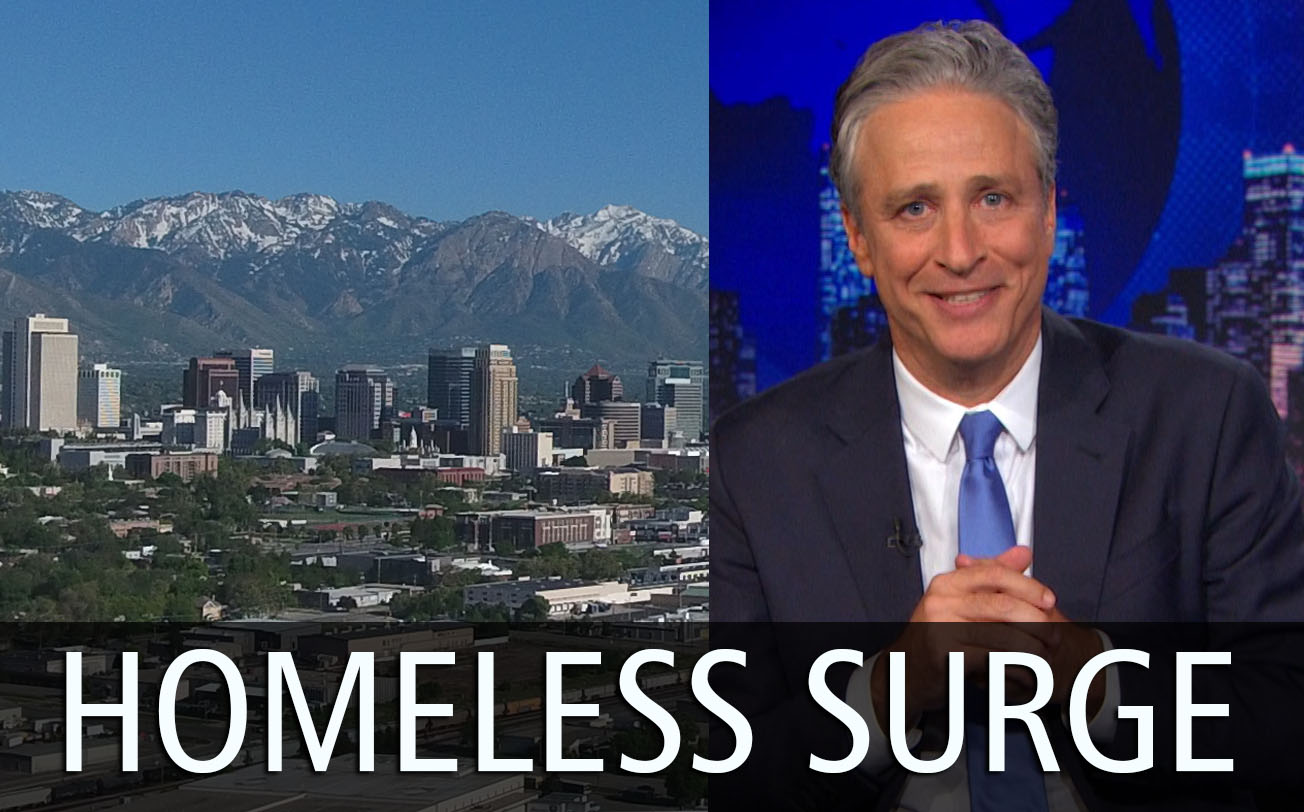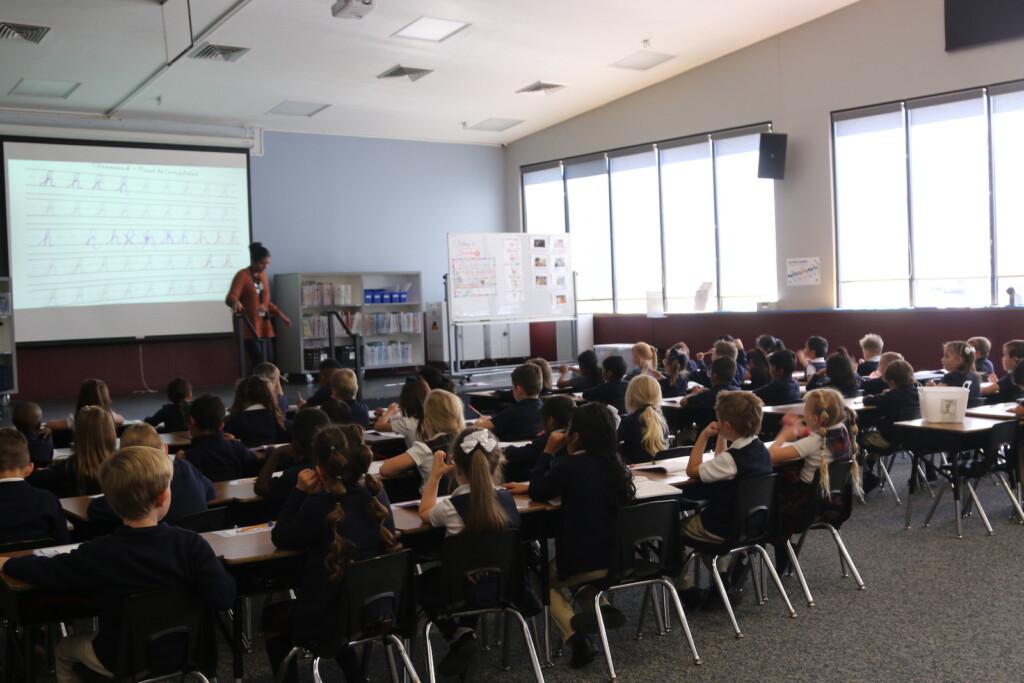Salt Lake City declared a victory over chronic homelessness in 2015. The main-stream media loved the story and flooded the airwaves and papers with stories informing everyone that Salt Lake was a stellar example. A story by the Daily Show with John Stewart said, “The homeless know can have a second shot at life, all that they have to is live in Utah.”
KSL TV then aired a story on the Daily Show story.
Later in 2015 the homeless population began surging. Business owners witnessed the homeless population becoming more aggressive and violent.
Was the Daily Show and Lloyd Pendleton’s touring the country give talks bragging about “solving chronic homelessness in Utah” to blame?Certainly there is a common fallacy of the media blaming one even on another when there is a correlation in timing but not actual causation, this could certainly be the case of this.
The Homeless Homed in Utah: Housing First Media Frenzy
The media blitz of how incredible Utah was as an example for ending chronic homelessness included
- NBC Nightly News
- The Daily Show with John Stewart
- The Washington Post
- The New Yorker Magazine
- Mother Jones Magazine
To name a few. There were many secondary stories showing up. But the question: did these stories lead to the surging homeless population and eventually the state action which lead to the $67 million dollar operation Rio Grande?
The first business owner I spoke with was Pierre from Brugge Waffles. He watched the situation in and around Pioneer Park deteriorate around the end of 2015. Pierre said that he wasn’t sure if one caused the other or not. A former Salt Lake City officer who wished to remain anonymous said that he believed it was a bad idea for our leaders to be going around the country “spiking the football” after what he described as scoring a touchdown without actually winning the game. He added that Salt Lake wasn’t successfully addressing all of the secondary needs of the homeless in Salt Lake City and that just giving homes to the homeless was just one aspect to the problem.
Salt Lake City Police Department Responds
Problems escalated further after officers in Pioneer Park, who also wished to remain anonymous told me that the SLCPD but a “moratorium on charging or booking the homeless into jails.” They were told that no matter the misdemeanor offence they were not to put anymore homeless in jail. This started near the end of 2015, in 2016 the problems escalated.
In Utah the homeless disperse during the winter, in the Spring of 2017 area residents witnessed what began to appear like a full tent city appearing in and around Pioneer Park and west of the Rio Grande train station. Blue tarps were everywhere, and the drug trade was flourishing like it never had before. The SLCPD was completely overwhelmed when there were four murders in just three months.
Operation Rio Grande
Operation Rio Grande was a joint effort between the City, County and State allocating $67 million to help clean up the area by offering more jail space, more treatment beds and more officers on patrol for the next two years.
Utah Stories spoke to around a dozen homeless people for our video, about six of which appear in our video. We spoke to five SLCPD officers, all of which said there was a very specific protocol for speaking with the media and all inquiries were to go through a spokesperson. But they had a lot of general things to offer “off the record” regarding the severity of the problems before Operation Rio Grande. Mainly, that the Salt Lake City Police Department, and our our Salt Lake City and County jails and our judicial systems were completely overwhelmed before the state stepped in to help.






